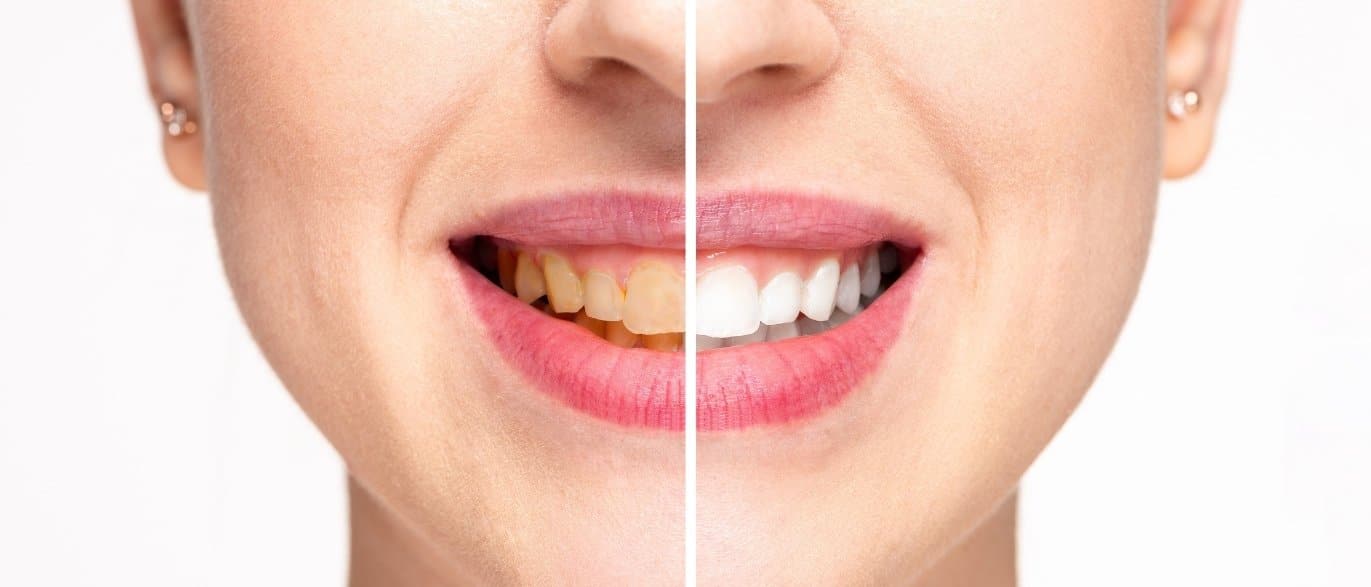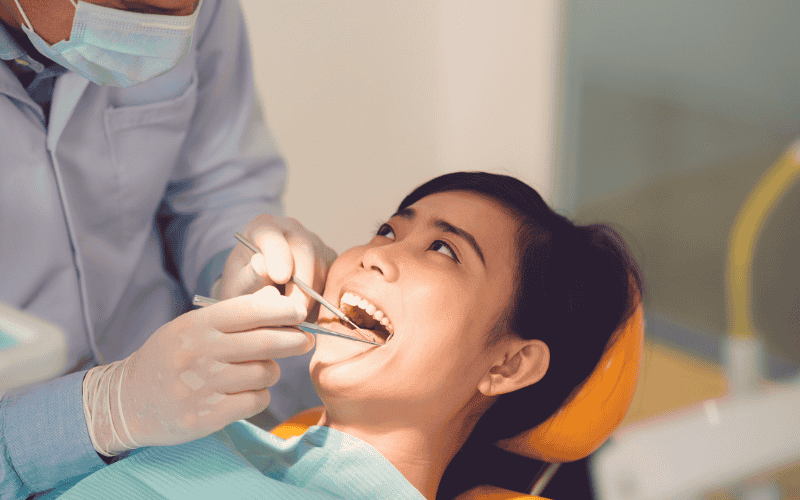Pearl Dental Blog

Can Teeth Whitening Help with Age-Related Yellowing?
Teeth whitening has become a popular cosmetic treatment, often associated with a brighter, younger smile. Over time, however, many people notice their teeth start to yellow, especially as they age. Age-related yellowing is a natural process that can make you feel self-conscious about your smile.
This blog will explore whether teeth whitening can help address this common issue. It will look into how effective whitening treatments are for age-related yellowing and discuss factors to consider before using them. By the end of this post, you will have a better understanding of whether teeth whitening is the right solution for you.
Understanding Age-Related Yellowing of Teeth
As we age, our teeth naturally change in color. One major cause of yellowing is the gradual thinning of enamel, the outer layer of the tooth. As enamel wears away, the yellowish dentin beneath becomes more visible. Dentin is the inner layer of the tooth that contains a natural yellow color.
Lifestyle habits also play a role. Foods and drinks like coffee, tea, and red wine can stain the enamel. Smoking can also contribute to surface stains that accumulate over time. While enamel thins, the dentin can also darken naturally with age. As a result, teeth begin to look more yellow.
The signs of age-related yellowing differ from other types of tooth discoloration. Yellowing due to aging usually results in a duller, more uniform yellowish tint. This differs from surface stains caused by food or tobacco, which often appear as blotchy marks. Understanding the cause of your yellowing can help you choose the right solution.
Teeth Whitening: The Basics
Teeth whitening is a process designed to remove stains and lighten the color of your teeth. There are several options available to achieve whiter teeth. In-office whitening treatments are typically the fastest and most effective. Dental professionals perform these procedures and use stronger bleaching agents.
Over-the-counter products like whitening strips, gels, and toothpaste are also popular choices. These products can lighten teeth, but their effectiveness is usually more limited compared to professional treatments. Some also use home remedies, like baking soda or hydrogen peroxide, but they carry a higher risk of enamel damage when used improperly.
Teeth whitening uses bleaching agents, typically hydrogen peroxide or carbamide peroxide. These chemicals penetrate the enamel and break down stains into smaller, less noticeable particles. Whitening works best on surface stains but may not be as effective on deeper discoloration, such as that caused by aging or intrinsic stains in the dentin.
Can Teeth Whitening Help with Age-Related Yellowing?
Whitening treatments can indeed help reduce the appearance of age-related yellowing, but the results vary. Age-related yellowing is primarily caused by enamel thinning and changes in dentin. Since teeth whitening products target stains on the enamel’s surface, they can lighten the yellowing that occurs on the outer layer. However, they may not fully reverse discoloration from deeper inside the tooth.
The success of whitening depends on several factors, including the thickness of the enamel and overall dental health. As enamel thins with age, it can become more difficult for whitening agents to lighten the teeth. Additionally, lifestyle habits such as smoking, drinking dark beverages, and poor oral hygiene can affect the whitening process.
For older adults, whitening treatments can show positive results but may not yield the same dramatic effects as they would for younger individuals with healthier enamel. It’s also important to note that some whitening products can cause tooth sensitivity or gum irritation, especially for those with already weakened enamel.
While whitening treatments can improve the appearance of yellow teeth, they may not be able to reverse the full extent of yellowing caused by the natural aging process. You can expect to see a moderate lightning effect, but deeper or more stubborn discoloration may require additional dental treatments such as veneers or crowns.
Considerations Before Whitening
Before undergoing any teeth whitening procedure, it’s essential to consult with a dentist. A professional consultation ensures that whitening is safe and suitable for your teeth. Your dentist will assess the health of your enamel, gums, and overall oral health. They can also recommend the most appropriate whitening method for your specific needs.
Choosing the right whitening method for your age and teeth is crucial. If you have sensitive teeth or thin enamel, professional whitening treatments might be better suited to avoid potential side effects. Over-the-counter products may be a good option for surface stains but could cause discomfort if your teeth are prone to sensitivity.
Possible side effects of whitening treatments include tooth sensitivity, gum irritation, and increased tooth sensitivity to hot and cold. These effects are typically temporary but can be managed by using desensitizing toothpaste or taking breaks between treatments. Always follow the instructions carefully to minimize risks.
In summary, teeth whitening can help with age-related yellowing, but the results may vary. While whitening is effective for lightening surface stains, it may not fully address deep yellowing caused by natural aging.
If you’re looking to brighten your smile, consult with our dentists to determine the best course of action. Whether whitening is right for you or if other options like veneers are more suitable, a dentist can provide guidance based on your individual needs.





